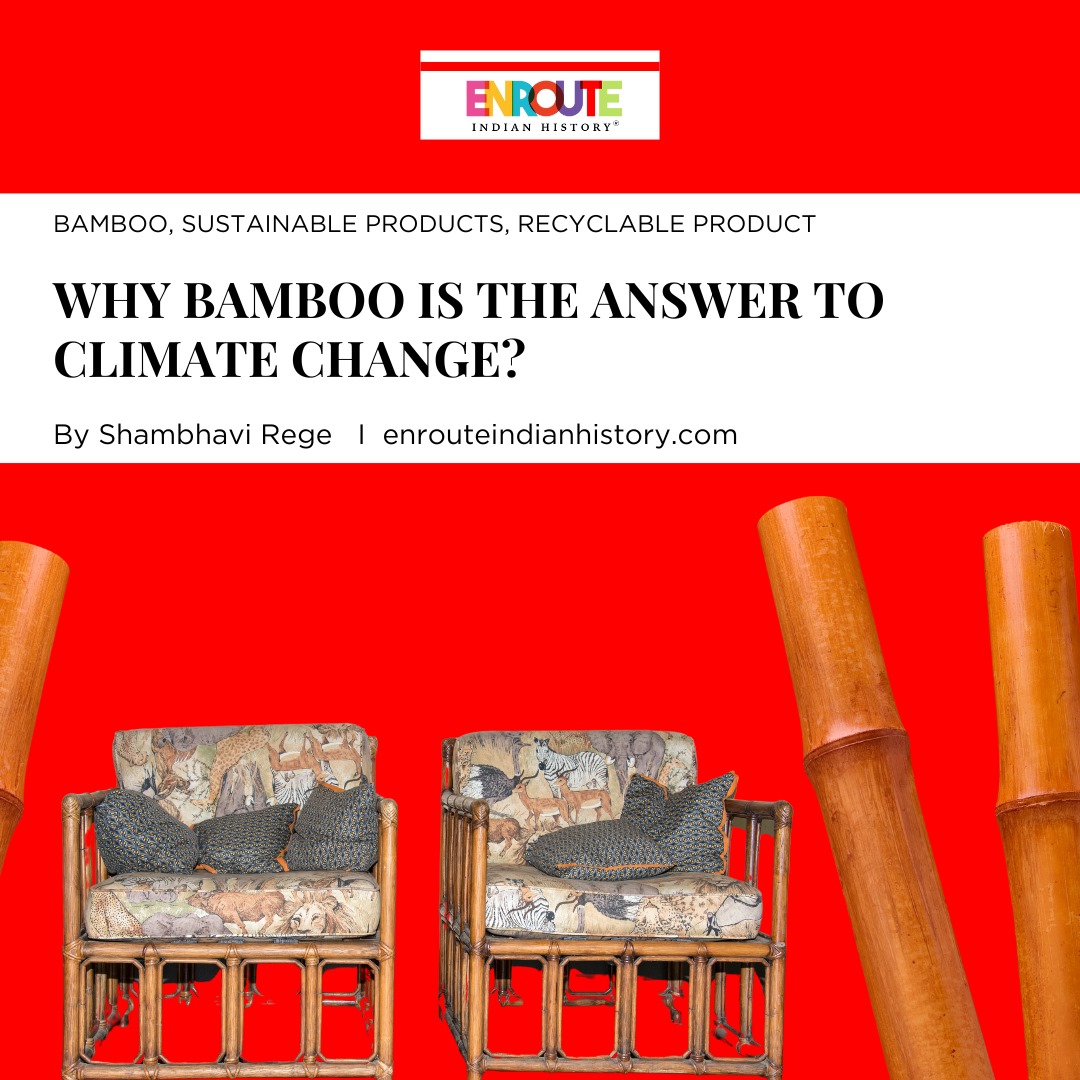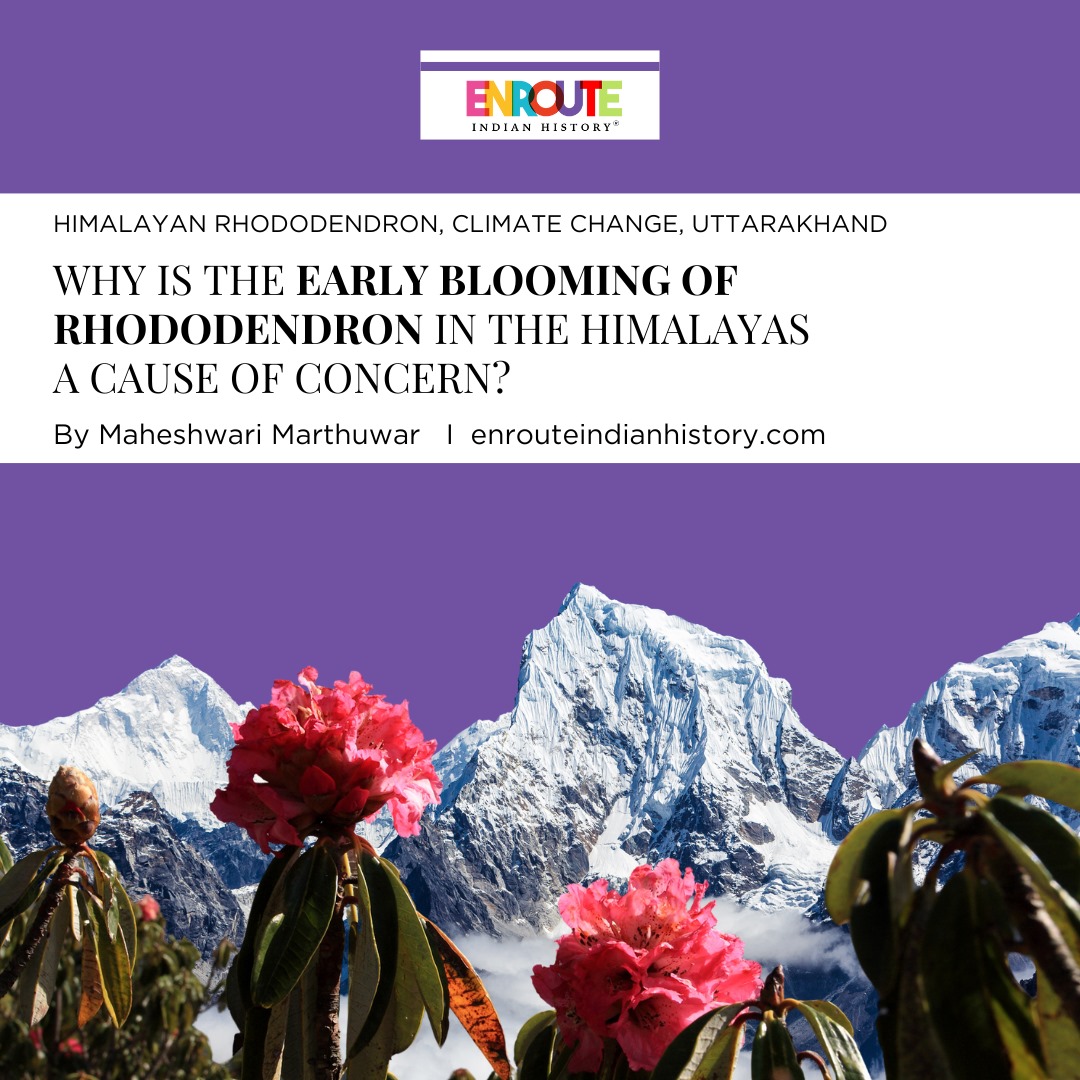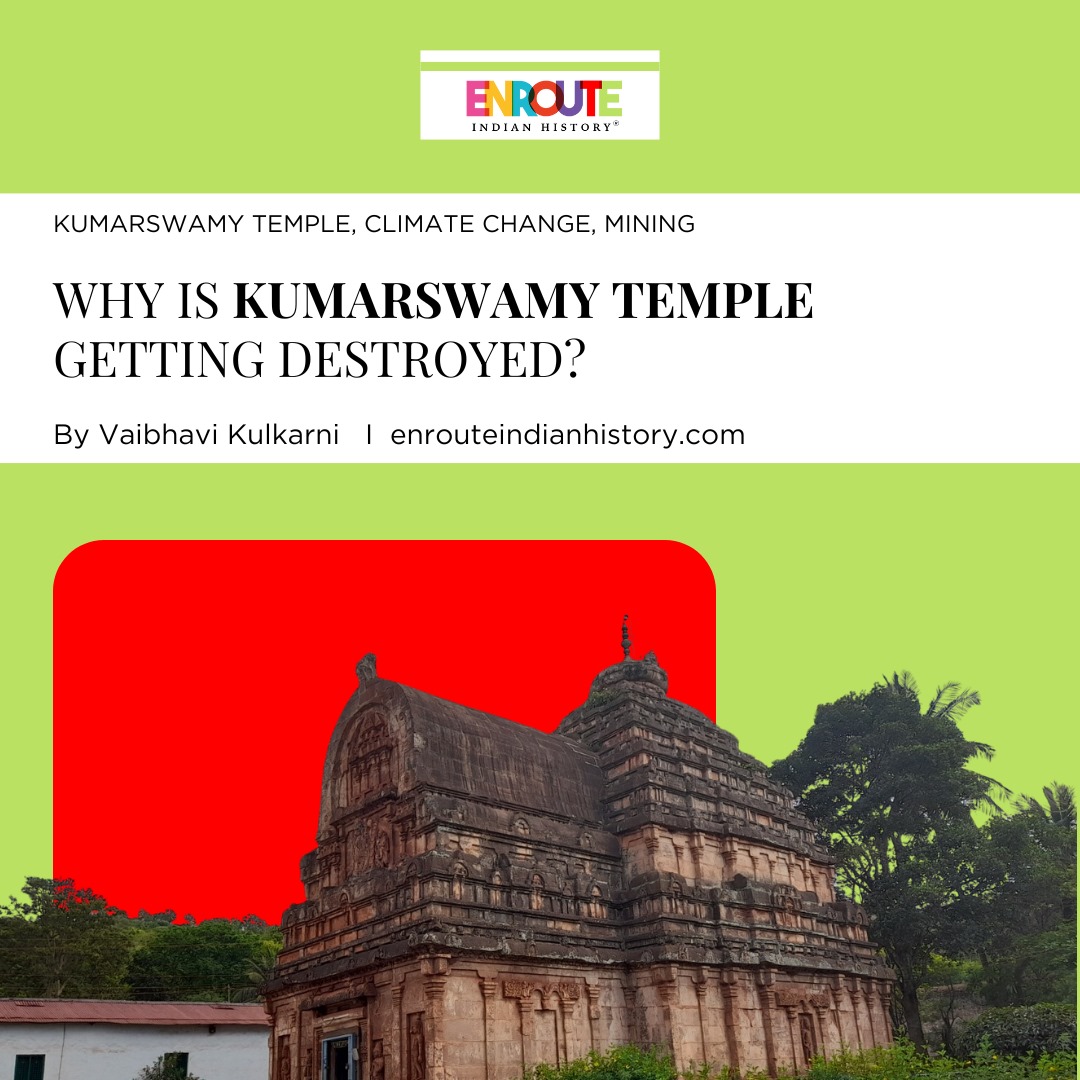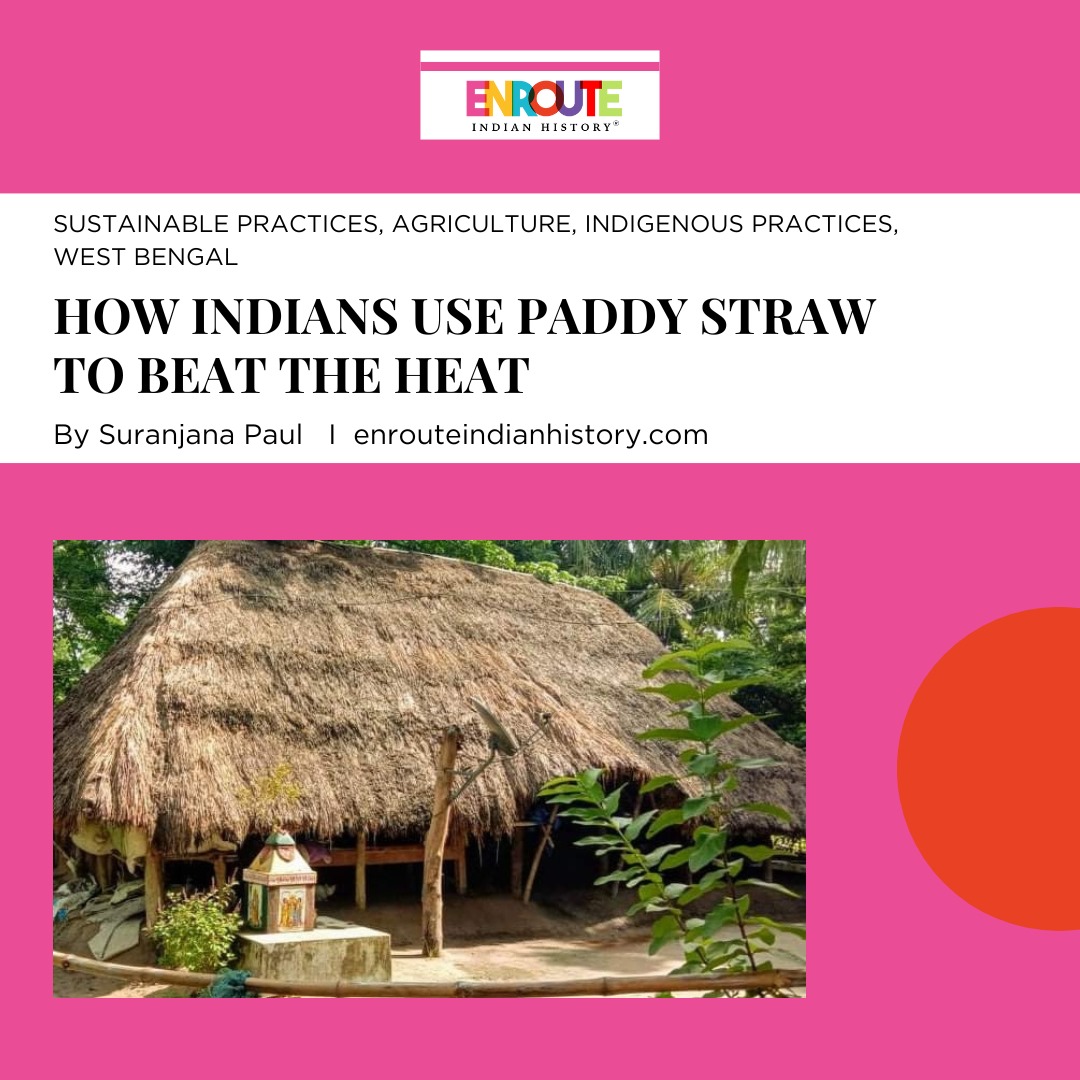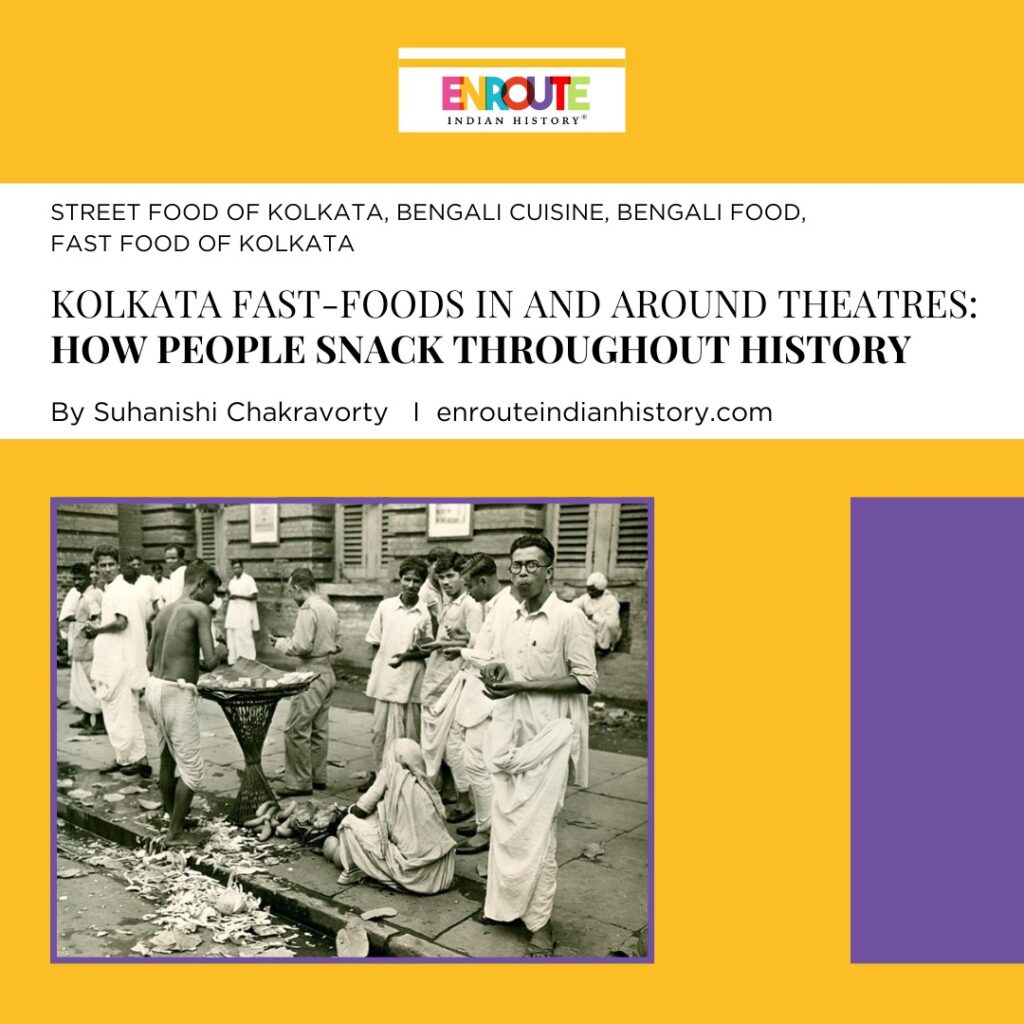
Kolkata, street food and cinema are perhaps the most pronounced words in any cultural documentation project. Kolkata has been famous for variety of snacks and their availability. As long as people loved being outdoors the street foods hold position at the plates and in our hearts. This article will try to explore the relationship of theatres and cinemas with their inevitable partners for snacking. Both of them are dependent on each other and help each other to grow.
Kolkata is the city of joy and with the labyrinth of multiple cultures, street foods have developed to be one of the most colourful of palate. However, not all the types of street foods are indeed choices of the cinema-going audience. The ones that have received wide recognition are true to the locality in which a certain group of regional cooking have spurned. This is how the businesses and cultures around it has grown. Later, as connectivity and cultural communication increased the fast foods spread beyond their original locality and gained attention of every kind of fast-food lovers. This also helped businesses to strive and make ways for new experimentations.
All that is lost from theatres to snacking to businesses
As time passed people from all over the world settled in Kolkata. These are the results of the First and Second World Wars, pre-partition industrial revolutions, famine, the growth of Calcutta as an international cultural hub and ultimately the Partition (Nag, 1970). The habit of snacking is something that is carried with the communities as part of their regular cultural practices. This is something that cannot be changed even if the resources and utilities are altered. Thus, slowly as the city started to gain stability and started to do more of cultural practices together the snacking habits caught a multicultural identity.
Some of these snacking habits are lost while some have retained their original identity. As mentioned by Banerji (2014), the theatres originally with the help of the British settled their roots in today’s Northern part of Kolkata. These theatre groups have been mostly inspired by British literature as the audience is also largely a British population. Snacking practices are hence majorly reflected in European culinary practices. These ranged from sandwiches to fruits. Some of the reminiscences could be found in central Kolkata where an illustrious street food culture of sandwiches still amuses a lot of office goers.
There are very few street foods brought by foreigners in Kolkata that did not find a place to settle. However, some of them might have to cross roads and find a place on the other side of the city. As the practices in the stage turned towards the Indian local people the habit of snacking also changed. This followed the way these snacks used to be conceived as well. Although there is no concrete evidence of the same some sources suggest that there were snacking arrangements in the halls itself at the show intervals, quite corresponding with the contemporary Victorian theatre culture in Europe. A business that strived to circulate that culture slowly declined and the massive change of independence came in.

(Source: storyltd, a bunch of youth enjoying a quick snack in 50s)
Some snacks that survived the test of times
As the Britishers moved from their position their theatre practices moved along with them. Instead, now there is a huge outbreak of nationalist theatre practitioners and they love deep-fried potato and eggplant balls, along with some puffed rice. On the stage, instead of praising Queen Victoria or long recitations from Shakespeare people now there are shorter plays written by Dinabandhu Mitra, Dwijendralal Roy, Girish Ghosh, Bankim Chandra and lastly of course Tagore (Chatterjee, 1999). These are prepared by the nationalists and they do not believe in eating in between the show. It’s a rehearsal snack and it is never anything foreign. The mothers in the house or outside the house have been cooking fires and they are the business that is taking place in the whole of the theatrical scenario of a just independent Kolkata.
Newbies and how they are kicking
It is important to note that till the end of the 19th century, there was not a single cinema hall in Kolkata at all. It was not until 1907 that the first cinema called Chaplin cinema in the Hogg market gained popularity. The name itself is a later edition but that is not important here. The importance is that it was in the Chowringhee street which used to be another habitat of the British and European citizens. After partition, many left but a population next generation of Britishers established a colony around this area and hence they together with the local food habits developed one of the most enchanting fast food cultures of central Calcutta which is today world famous. The type of people visiting the cinema in those days either belonged to the aristocratic class or were nevertheless rich by any means. Hence, the stalls that were instilled largely reflected the discarded sandwiches but with a desi style.

(source: touristlink, the chaplin theatre)
This time flour is kneaded like Indian mothers then after adding a delicious stuffing of potatoes or chicken it is baked in the oven, thus born the staple snack for the decades to come for artists technicians, press and audiences. It called itself Patties. However, apart from patties, Mughlai parathas were also gaining popularity around this time although the recipe itself was found to be quite older when Mughal emperor Jahangir got bored with the usual roti-ghost and wanted something new. The creation of this enigmatic and super delicious food is done by a chef called Adil Hafiz Usman who hailed from none other than the Bardhaman district of Bengal (Sengupta, 2023). The Bengalis do have a knack for transforming good food and binding it with entertainment through history.
The rise of cultural practices and food habits
Then with the rise of IPTA, group theatre and several other cultural movements the entertainment scene of Calcutta soon matured to a degree to be called back as the ‘cultural capital’ of India (Chattopadhyay, 2014). The entertainment halls are now starting to get divided into north Kolkata and south Kolkata. Towards the north, the infamous deep-fried potato stuffed delicacies established a monopoly along with vegetable chops and onion fries. Towards the south, there are now more contemporary and modern food habits visible in the entertainment spectrum. Slowly towards the 60s and 70s the Chinnes came out of their den in Tangra (this is where they had settled after the Indo-Chinese war in the 1940s) and started to open various restaurants around the southern part of Calcutta. The streets of Rabindra Sadan which is the centre for South Calcutta intellectual theatre practices were soon adorned with these easy and spicy fast foods. The presence of cabin culture also induced the arrangement for lovers to grab a quiet snack like chicken patties, cutlets and one warm cup of coffee before they could jump into the cinemas to watch either a play or a cinema.
Food is the mirror of society
Fast foods in Calcutta could be divided in two ways. The first one is the ones carried by the vendors themselves and finding customers for it and the second one is the ones that are instilled at a certain location as a shop. The food reflects the type of food habits, chilling habits and social habits one community would have. For example, in Kolkata itself, there are at least three types of kachoris to be found depending on the locality they are in. North Kolkata facies had a fish stuffed puri which in all probability was a delicacy offered to the fish-loving wealthy zamindars who had established their houses there. This is the older part of the city we are talking about. Then we have vegetarian versions of it to be found in the central part of Calcutta which is primarily dominated by the vegetarian Gujratis and Marwaries. Then, in the south people from Orissa settled in who have this same puri served with a very plain yet delicious lentil soup. The same distinction could be found for Shingaras or Samosa. Although we are talking about these two names, in reality, they are quite different in terms of consuming habits and stuffing. The two are served at different times and events as well.
The cinemas and theatres have seen shops of vegetable cutlets being transformed into jhalmuri counters to Chinese fast foods and now finally after the 90s the ever-growing momo stalls. These momos are comparatively younger members of the huge fast-food family of Kolkata. Even this particular item has changed its shape, chutney and sheer act of baking to suit the Kolkata people’s tastebuds. Nobody from the native land of the Himalayas had thought of frying these meat-stuffed boiled delicacies and then having the courage to serve them with mayonnaise and a very hot red chilly sauce before Kolkata. Alas! Today a trip to the cinema is incomplete without a plateful of these!

(Source: whatshot, a plate of Calcutta style fried momos)
Bibliography
Banerji, A., 2014. Setting the stage: a materialist semiotic analysis of contemporary Bengali group theatre from Kolkata, India (Doctoral dissertation, University of Georgia).
Chatterjee, M (1999) The swadeshi movement and bengali theatre INDIAN CULTURE. Available at: https://indianculture.gov.in/swadeshi-movement-and-bengali-theatre (Accessed: 6 May 2024).
Chattopadhyay, S., 2014. Stage, Society and Stricture: Bengali Theatre, 1800-1876.
Ghose, B., 2003. Theatre—The Emerging of A New Form. India International Centre Quarterly, 30(2), pp.51-63.
Kar, A. and Kundu, S., 2014. The changing perspective of food habits in Kolkata: a case on Monginis Kolkata. International Journal of Business Performance Management, 15(1), pp.64-71.
Nag, D. (1970) Whose city? Ethnic communities in Kolkata, India: An exploration into decentralization of urban governance system in preserving their cultural identity, heiDOK – The Heidelberg Document Repository – heiDOK. Available at: https://archiv.ub.uni-heidelberg.de/volltextserver/31695/ (Accessed: 6 May 2024).Sengupta, J., 2023. Bengali Mughlai Platter on the Table: Muslim and Indo-Persian Food Culture in Bengal. Global Food History, 9(2), pp.130-148.
- May 15, 2024
- 6 Min Read


